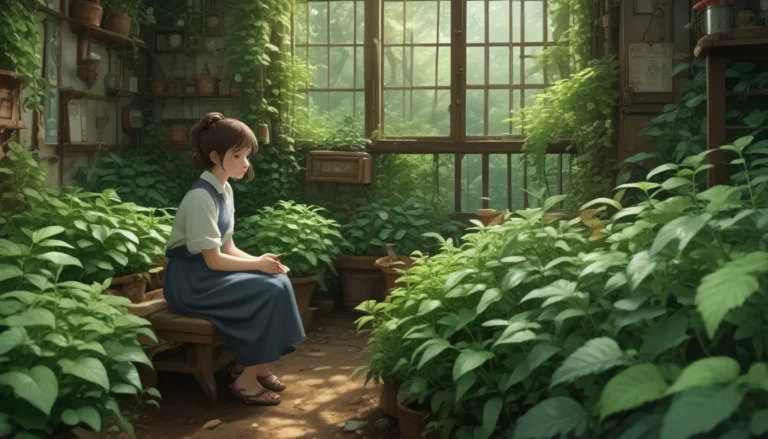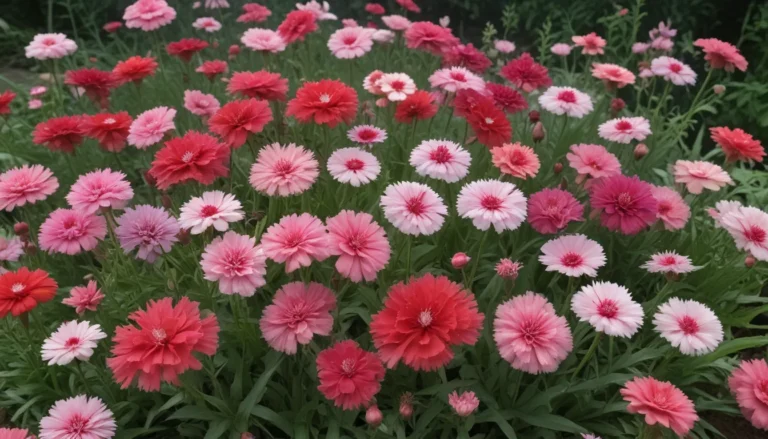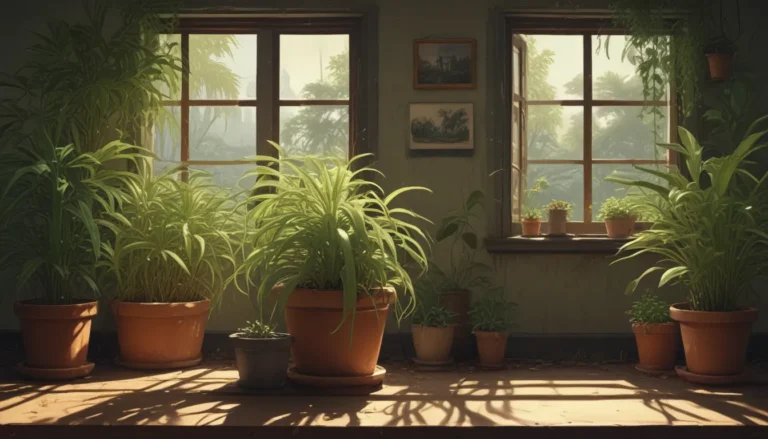The Complete Guide to Growing Red-Veined Prayer Plant

Do you want a plant that demands attention and adds a pop of color to your home decor? Look no further than the red-veined prayer plant! With its vibrant foliage, unique patterns, and captivating daily leaf movements, this tropical beauty is sure to be the star of your indoor garden.
In this comprehensive guide, we will delve deep into the world of Maranta leuconeura var. erythroneura – the red-veined prayer plant. From its cultivation and propagation to care tips and maintenance, we’ll cover everything you need to know to help this stunning houseplant thrive.
What Is Red-Veined Prayer Plant?
Maranta leuconeura var. erythroneura, also known as the red-veined prayer plant, is a striking variety of the Maranta leuconeura species. Featuring elegant elliptical leaves with distinctive red veins and a captivating light green blaze, this perennial plant is a feast for the eyes.
Its velvety leaves, raised veins, and unique nyctinastic movement – where the leaves raise and lower daily – make the red-veined prayer plant a fascinating addition to any indoor space. Native to Brazil, this plant thrives in tropical forests under humid conditions, making it a perfect choice for indoor cultivation.
Cultivation and History
The red-veined prayer plant belongs to the Marantaceae family, known for its ornamental and tropical houseplants. With bold patterns and attractive coloration, this plant has earned accolades, including the Royal Horticultural Society’s Award of Garden Merit.
Propagation of the red-veined prayer plant can be done through division or cuttings. Cuttings can be propagated in water or soil, making it an excellent choice for beginner gardeners looking to expand their houseplant collection.
How to Grow
Caring for the red-veined prayer plant involves providing the right amount of light, water, humidity, and soil. This houseplant thrives in medium to bright indirect light, with the foliage patterns becoming more pronounced in optimal lighting conditions.
Watering should be done when the soil surface is dry to the touch, keeping the soil moist but not soggy. The plant also appreciates higher humidity levels, making it a great candidate for group planting or terrariums.
Using a peaty growing medium with a slightly acidic pH range of 6.1 to 7.3 ensures the red-veined prayer plant receives the nutrients it needs to flourish. Avoiding soil mixes with perlite helps prevent leaf tip burn, ensuring the plant remains healthy and vibrant.
Growing Tips
- Provide medium to bright, indirect light.
- Keep the soil moist but not soggy.
- Avoid extreme temperature fluctuations and drafts.
Pruning and Maintenance
Maintaining the red-veined prayer plant involves occasional pruning to shape the plant, remove discolored foliage, or take cuttings for propagation. Fertilizing with a gentle, natural fertilizer suited for tropical plants ensures healthy growth without damaging the leaves.
Repotting may be necessary every two years to prevent the plant from becoming root bound. Ensuring the pot has proper drainage and using fresh growing medium helps maintain the plant’s health and vigor.
Managing Pests and Disease
While the red-veined prayer plant is relatively pest and disease-resistant, occasional issues may arise. Common pests such as mealybugs, scale, and spider mites can be managed with neem oil treatments and proper plant care practices.
Diseases such as cucumber mosaic virus, Helminthosporium leaf spot, and root rot can be prevented by maintaining proper watering habits, avoiding overwatering, and providing adequate airflow around the plant.
Best Uses
The red-veined prayer plant is a versatile houseplant suitable for various settings, including containers, hanging baskets, interiorscapes, terrariums, and outdoor ground cover in non-arid climates. Its non-toxic nature makes it a safe choice for households with children and pets, adding beauty without compromising safety.
In conclusion, the red-veined prayer plant is a bold and beautiful addition to any indoor garden, offering captivating foliage, unique patterns, and easy-care requirements. With the right cultivation techniques and maintenance practices, this tropical beauty will thrive and bring joy to your home decor. Remember to provide the plant with the light, water, humidity, and soil it needs to flourish, and enjoy watching this stunning houseplant grow and thrive in your space.





